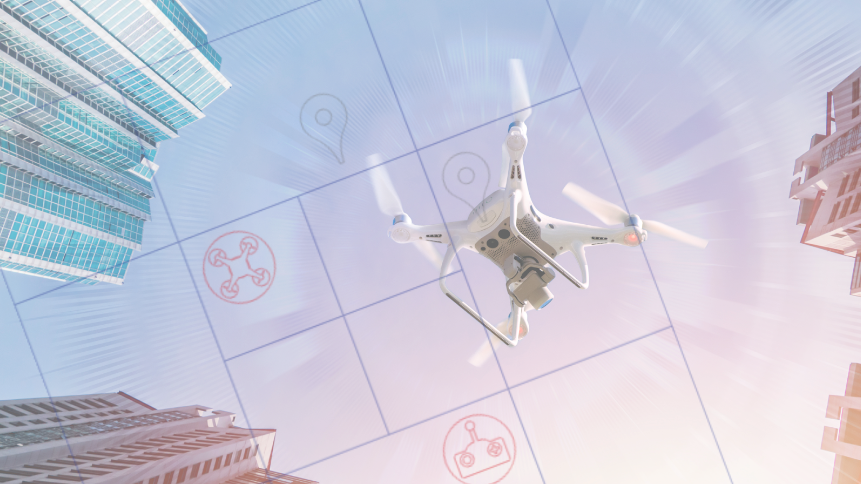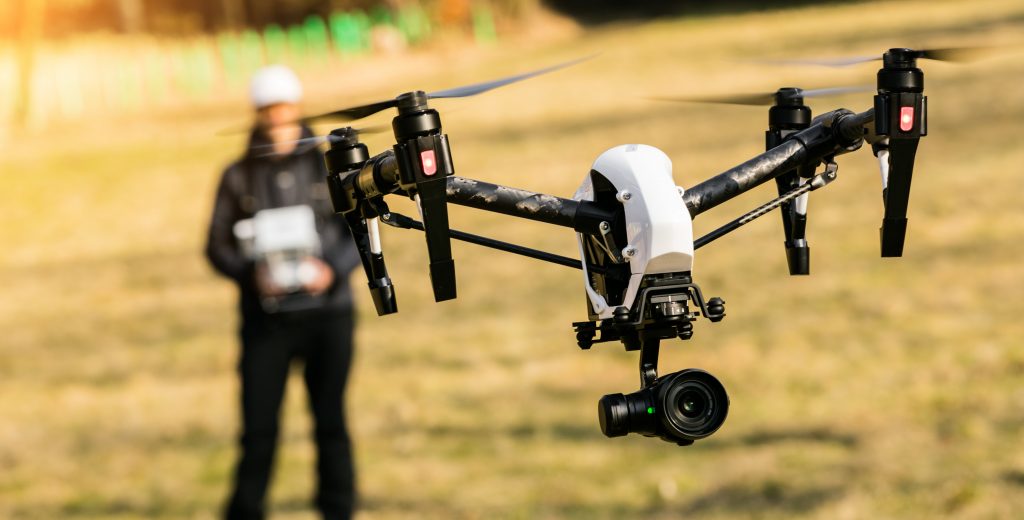In this blog, AeroDefense Chief Operating Officer, Taylor Sinatra, answers a few questions about the differences between a Remote ID mobile application and a Remote ID receiver.
If you are unfamiliar with the Federal Aviation Administration's Remote Identification (Remote ID) rule, check out our quick guide blog.
Are there apps for Remote ID drone detection?
A few Remote ID detection apps available as of October 2023 produced mixed test results. Generally the Remote ID apps failed to pick up my test drones (Mavic Pro 3 and Parrot Anafi) when they flew a few feet away from the phone with a clear line of sight.
I was able to get an occasional detection when I hovered at my takeoff point only a couple feet away from my phone.
The apps available are all rated very poorly with consistent reviews stating the apps simply don’t work.
Will Remote ID Apps tell me everything I need to know?
Most apps claim to display all the Remote ID data in a live stream with minor variations amongst apps. The refresh rate never seemed to meet the Remote ID broadcast standard of 1Hz, or one broadcast per second.
I observed mostly failure to detect, with occasional detection delays as I tested using a Pixel 6 with no other apps in use.
Essentially I tested the Remote ID apps specifically, not how they performed if I multitasked and used the phone for other purposes as well.
The user interfaces in the apps varied in performance and ease of use (I relied on screenshots from the app description for those that failed completely).
Fundamentally, they claim to tell you when a drone is in the area, though I did not fully test the range nor their capacity to detect and track multiple drones simultaneously as none actually performed as advertised.
What use cases are a good fit for Remote ID apps?
Remote ID apps are a good fit for lab or field tests and to ensure your own drone is Remote ID compliant, though I wouldn’t necessarily say it’s non-compliant if the apps don’t detect it.
Remote ID apps can validate the drone data transmission and accuracy.
What are the benefits of using a dedicated Remote ID receiver over an app?
Speed and Range: When the app detected a drone, it required the app to be active on my phone, exhibited noticeable delays and lost data.
The phone app fails at critical points if it were to be used for security purposes. Operators’ phones detection ranges and results will vary by manufacturer and on where the phone is located, plus they didn’t detect reliably even in ideal conditions.
For example, a patrol vehicle operator who drives around a facility will experience reduced performance because the vehicle itself interferes with reception.
Better apps can and will likely be made that don’t require the operator to actively use the app at all times and are compatible with enough personal devices to be viable.
However, they can never correct for the fact that these devices were not designed for long range WiFi and Bluetooth connections which is how the Remote ID broadcasts work.
Cell phones’ smaller integrated antennas will be near the person using it and typically aren’t designed for 24/7 outdoor use.
Line of Sight & Persistence: The phone will never have reliable clear line of sight for optimal detection range, nor will they be operating 24/7. For true security needs, a dedicated receiver mounted on top of nearby infrastructure will substantially and consistently outperform a cell phone with a Remote ID app.


